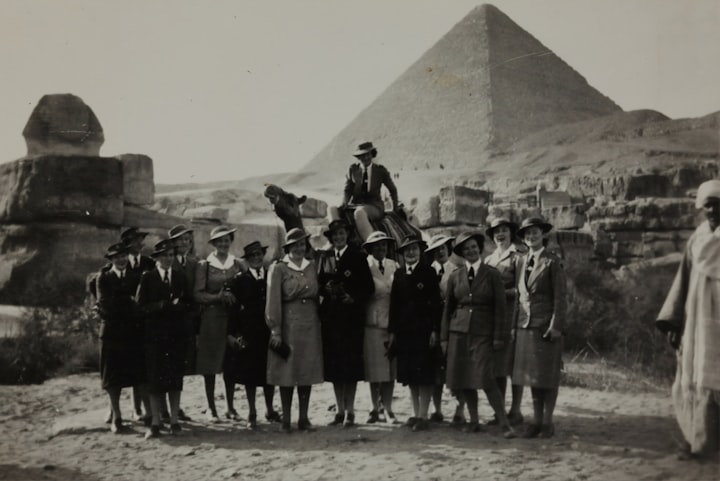The Viking Onslaught:Unraveling the Tapestry of Anglo-Saxon Troubles
The Viking Onslaught

The Viking Age, marked by bloodthirsty raids and swift conquests, stands as a pivotal era in European history. The invincible Anglo-Saxons, known for their martial prowess, faced a formidable adversary in the form of the Great Heathen Army. This article delves into the multifaceted challenges that beset the Anglo-Saxons during the Viking Age, examining the intricate interplay of political instability, economic decline, religious upheaval, and the pivotal role played by the Kingdom of Wessex.
The initial Viking raids, characterized by their rapid and elusive strikes on monasteries and churches, capitalized on the disheveled state of Anglo-Saxon defense. However, the turning point came in 865 when the Great Heathen Army adopted a territorial strategy, demonstrating unprecedented agility and unpredictability. This strategic shift posed significant challenges for Anglo-Saxon countermeasures.
The unity of the Anglo-Saxon kingdoms was compromised by internal conflicts and political instability, eroding their capacity to mount a cohesive defense. The Vikings skillfully exploited this vulnerability, meddling in local uprisings and exacerbating chaos, rendering the Anglo-Saxon realms more susceptible to external threats.
The reduction of currency emerged as a visible sign of economic decline, reflecting the internal struggles faced by the Anglo-Saxon kingdoms. Mercia and Northumbria, in particular, grappled with economic hardships, hampering their ability to mount a robust defense against Viking raids.
The Christian Church, a pillar of Anglo-Saxon society, faced significant disruption due to Viking raids. Religious institutions bore the brunt of devastation, resulting in the loss of wealth and the upheaval of established communities. This religious turmoil further weakened the social and spiritual foundations of the affected regions.
Amid the turmoil, the Kingdom of Wessex emerged as a beacon of flexibility and strength. Under the visionary leadership of King Alfred the Great, Wessex navigated the challenges that befell its counterparts. By strategically minimizing Viking attacks, Wessex had the opportunity to focus on innovative defensive measures, notably the construction of fortified burhs.
The utilization of burhs, fortified strongholds strategically positioned for local shelter and militia headquarters, played a pivotal role in Wessex's ability to withstand Viking invasions. These defensive constructions impaired Viking mobility and provided the Anglo-Saxons with a more efficient means of defense.
The success of Wessex can be largely attributed to the dynamic leadership and military innovations of King Alfred the Great. His exceptional ability to rally his subjects and adapt to the evolving Viking threat underscored the importance of effective leadership during times of crisis.
Delve into the specific tactics employed by the Vikings that contributed to their success. Explore their mobility, hit-and-run strategies, and the evolution from raiding to a more territorial approach with the formation of the Great Heathen Army.
Examine the social consequences of Viking invasions. Explore how these invasions affected everyday life for the Anglo-Saxon population, considering aspects such as displacement, cultural exchange, and changes in social structure.
Provide more specifics on the internal conflicts within the Anglo-Saxon kingdoms. Explore how disputes among the various kingdoms weakened their overall ability to mount a united defense against the Vikings.
Expand on the economic decline of Mercia and Northumbria. What were the specific economic challenges faced by these kingdoms, and how did it impact their ability to resist Viking invasions?
Further explore the ramifications of religious disruption caused by Viking raids. How did the targeting of religious institutions impact the broader societal and cultural aspects of the affected regions?
Offer additional examples of the innovative defensive measures implemented in Wessex. How did these strategies evolve over time, and what impact did they have on the overall defense against Viking incursions?
Consider discussing how different regions and kingdoms experienced the Viking invasions differently. Were there variations in the impact based on geography, and did certain regions fare better or worse? Acknowledge the challenges historians face in reconstructing and understanding this complex historical period, discussing any conflicting accounts or gaps in the historical record that make it challenging to draw definitive conclusions.
The ninth-century Viking invasions presented a complex challenge to the Anglo-Saxons, encompassing political instability, economic decline, religious disruption, and innovative tactics employed by the Vikings. The varying degrees of success in repelling Viking attacks across different Anglo-Saxon kingdoms underscore the intricate nature of this historical period and the difficulties historians encounter in comprehending its complexities. As Wessex stood resilient amidst the turmoil, the tale of the Viking onslaught remains a captivating chapter in the annals of European history.
About the Creator
Johnny Six
I'm a devoted stay-at-home mom, passionate about alternative education and homeschooling. My daughter is my focus, and together, we explore various hobbies,cooking, art, nature, reading, and music. https://helsprintsandthings.etsy.com






Comments
There are no comments for this story
Be the first to respond and start the conversation.